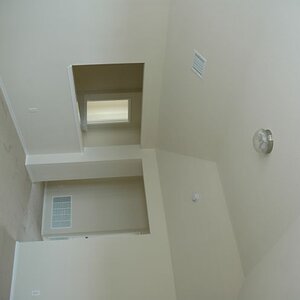flyin-lowe
TPF Noob!
- Joined
- Jan 5, 2009
- Messages
- 287
- Reaction score
- 6
- Can others edit my Photos
- Photos OK to edit
I was told to get a class 6 card as they were the fastest. I was looking on the internet and saw that class 2 was 2 mb/sec min., class 4 was 4 mb/sec min. etc. I have a Lexar Platinum II 2 gig card brand new I got from someone and noticed on the package that it did not give a class speed but says 9 mb/sec and also says 60x. However one one of the web pages it is listed as a class 4 card. Is the class system consitent through the different manufacturers or what. Also is this a decent card?









![[No title]](/data/xfmg/thumbnail/36/36393-86ce601930c671b92b6df002b7fcbd0b.jpg?1619737548)



